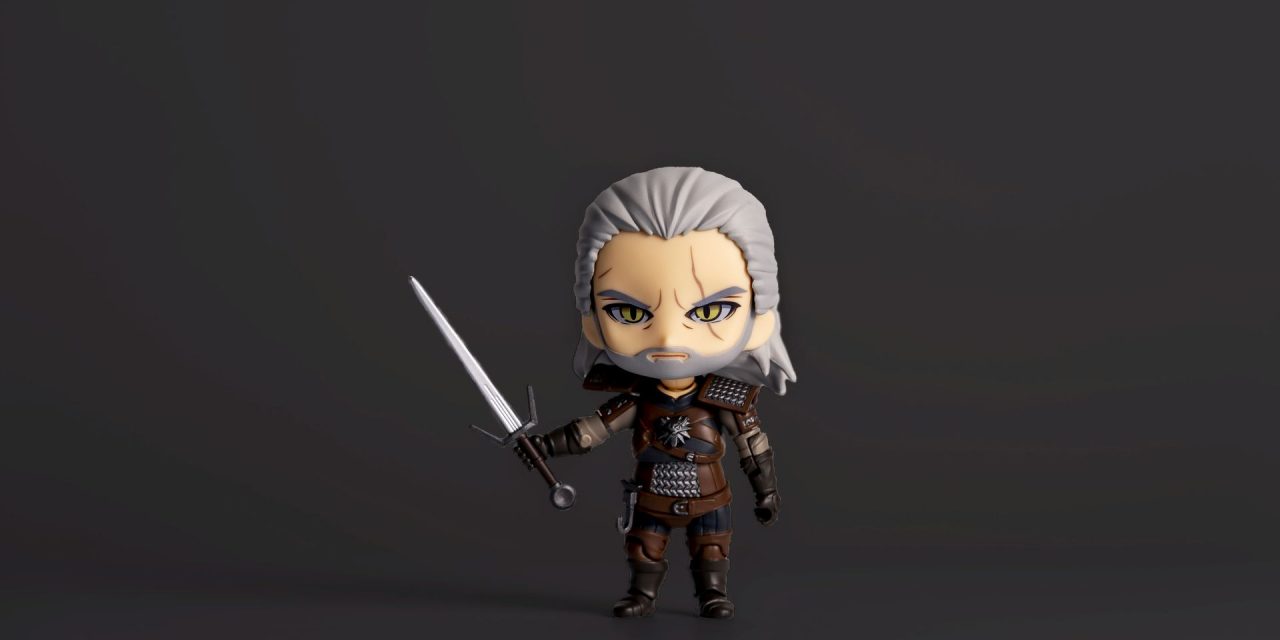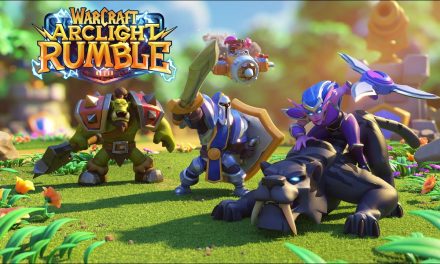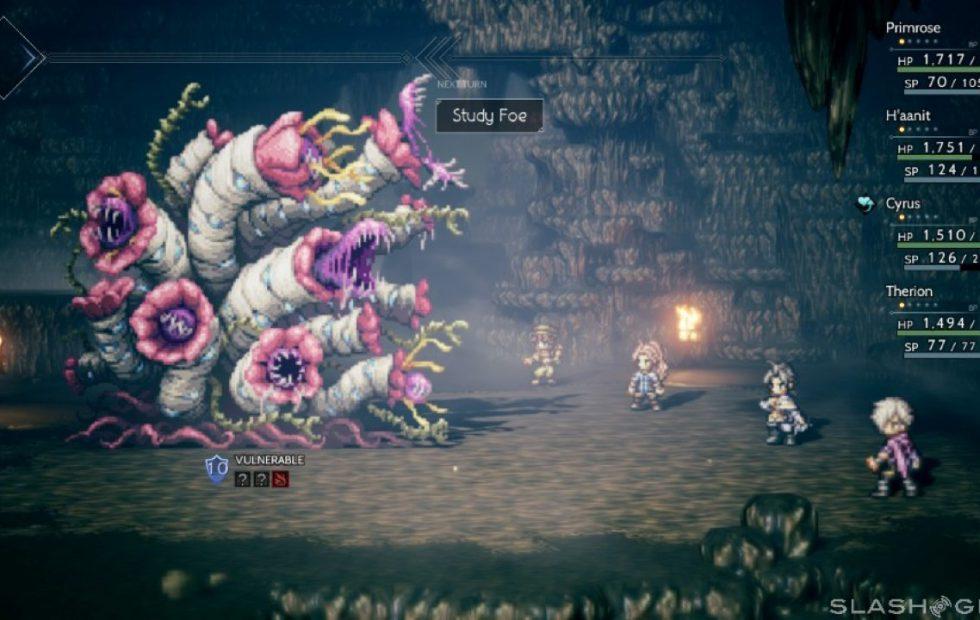The very best video games on the market today are multi-layered. RPGs, for example, often come with various side quests that give context and texture to a video game, its setting, characters, and storyline. To build out a world even more convincingly, many developers also offer games within games.
For example, Red Dead Redemption 2 incorporated actual poker saloons into its Wild West setting. Players could choose to play poker in different territories in order to earn their character money. Not only did the mini-game build on the popularity of online poker when released in 2018, but it was also a great callback to the game’s cultural setting on the American frontier.
However, not all video games build off of existing trends—or even existing games. One of the most popular in-game games comes from The Witcher franchise by Polish author Andrej Sapskowsky. Back in the 1990s, the books included a card game called Gwent, which has since gained a following all its own.
Back in 2018, Microsoft’s Projekt Red released Gwent: The Witcher Card Game. The card game had built on its original popularity among Witcher fans after it was included in The Witcher 3: Wild Hunt, released in 2015 from CD Projekt. Since then, the collectible card game has continued to balloon in popularity. In fact, Projekt CD released an expansion pack, Rogue Mage, for Gwent: The Witcher Card Game earlier this year—and the trend is only growing.
Created with Esports in Mind
Red Dead harnessed the power of poker to enhance worldbuilding and side quests for players. However, Gwent isn’t about hand rankings and handling unknowns like poker. Instead, it’s a collectible and turn-based card game. Players seek to win two of three rounds by playing cards that earn them points (called ‘power’ in the game).
As a collectible card game, players are responsible for building out their own decks. In fact, the 2018 Gwent release functions as a digital collectible card game instead of an RPG, like The Witcher: Wild Hunt. In other words, Gwent is strictly about building a strong playing deck and then taking on opponents.
Creators at CD Projekt had eSports in mind when they developed the game back in 2018. Gwent includes a Ranked ladder, which automatically ranks the best players so that they qualify for eSports events. These rankings are cleared each ‘season’, which is often scheduled on a monthly basis.
Entering Season 4
Shortly after release, Gwent became a mega-popular game for card and collectibles fans. The Gwent Masters is the official league overseeing the eSport, which is currently in its fourth season. The league uses its pro ranking system and an MMR points system to select players for its tournaments, which then advance to the Gwent Open, Gwent Qualifiers, and, eventually, the Gwent World Masters.
The competitions are organized by CD PROJEKT RED. The Gwent Open includes a total prize pool of $10,000, while the Gwent World Masters sees the winners share a total of $50,000 in winnings.
All Things Witcher (& Collectibles)
So, how has Gwent: The Witcher Card Game become such a massive success in eSports? The answer comes down to three different factors: the success of The Witcher franchise, the popularity of all things eSports, and the ever-present obsession with collectible card games.
First, The Witcher is one of the world’s most internationally recognized high fantasy series. Those who didn’t jump into the books during the 1990s probably heard of Geralt of Rivia after the release of The Witcher in 2007, which built on the book’s storyline thanks to participation from Sapkowski. Netflix’s TV series, headed by Henry Cavill, took the franchise to new heights in 2019.
Second, eSports are also experiencing a heyday—and Gwent has benefitted greatly from its association with Microsoft. Compared to other projects, Gwent has plenty of manpower and funding on its side. As mentioned above, the game was developed with eSports in mind.
Lastly, Gwent also builds on one of the most popular and ubiquitous forms of gaming in the world: collectibles. Collectorship has been around for millennia, while collectible card games have been around since the 1990s. Magic: The Gathering, for example, has millions of players worldwide. Hearthstone, a digital collectible card game just like Gwent, averages around 2.5 million players each month.









![[Rumour] Tales of Xillia Remastered appears in some retailers](https://vgleaks.com/wp-content/uploads/2024/07/Tales_of_Xillia_Test_Screenshots_30-pc-games-150x150.jpg)









